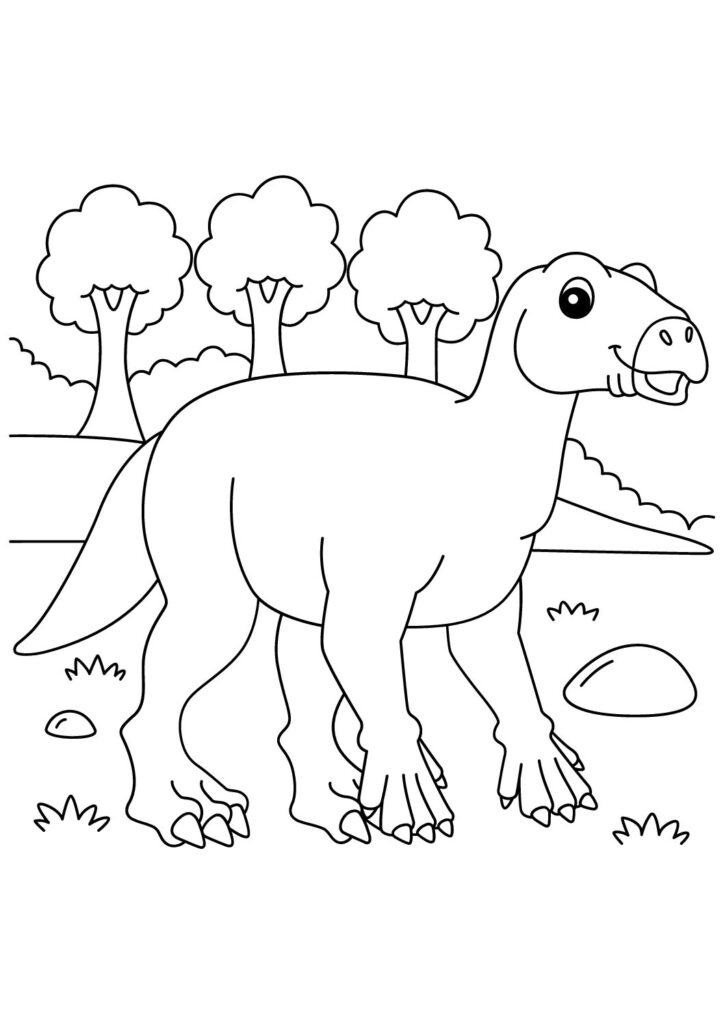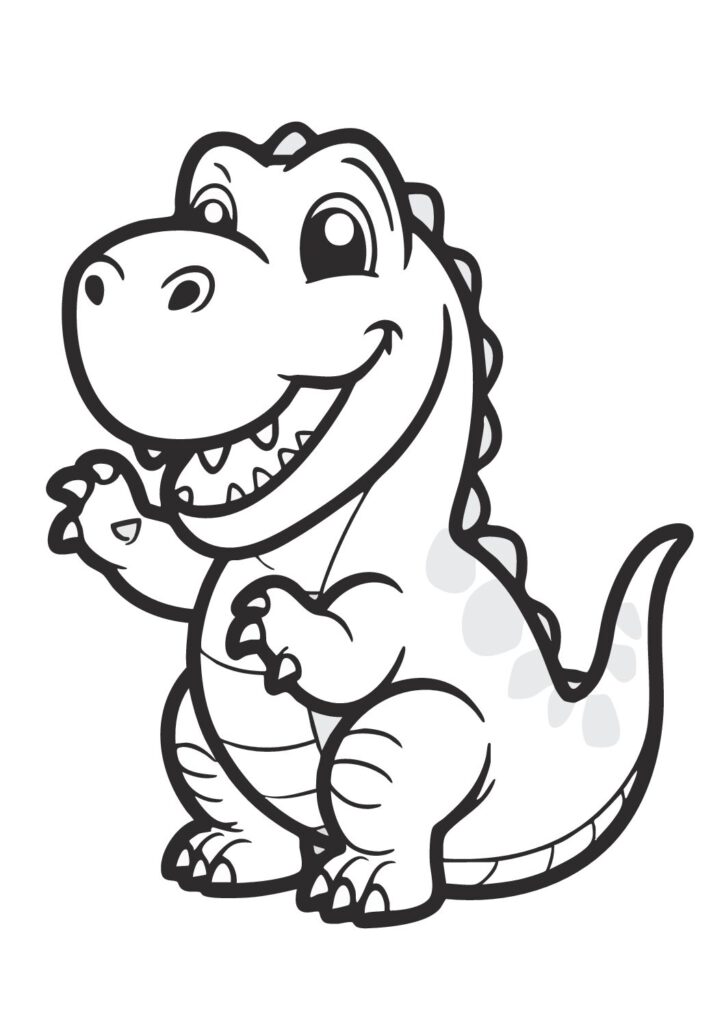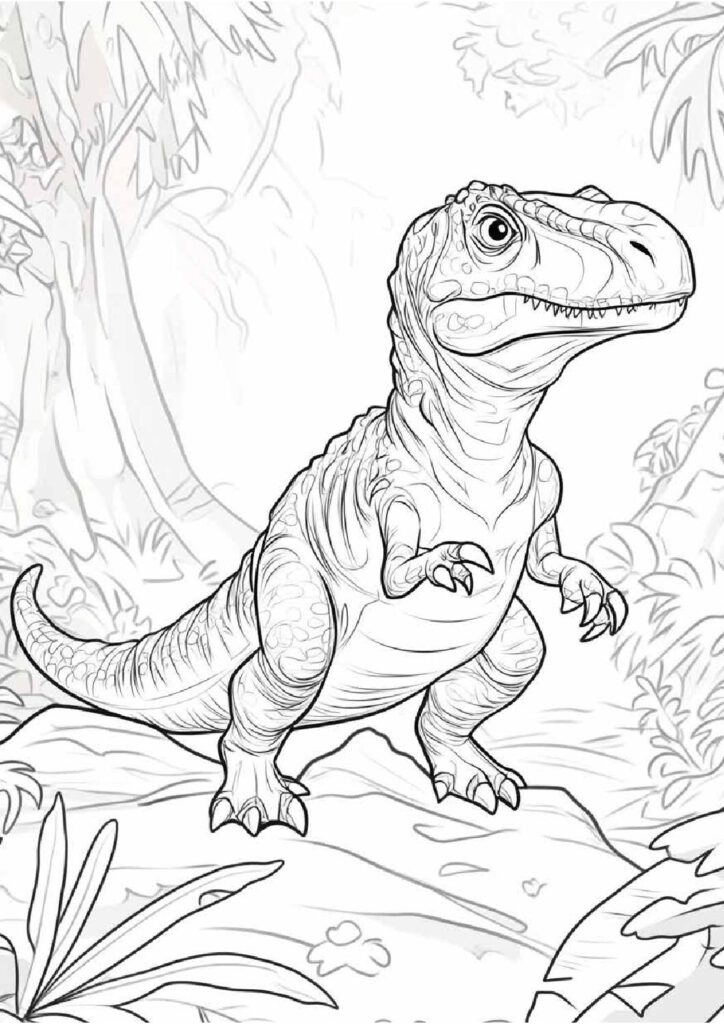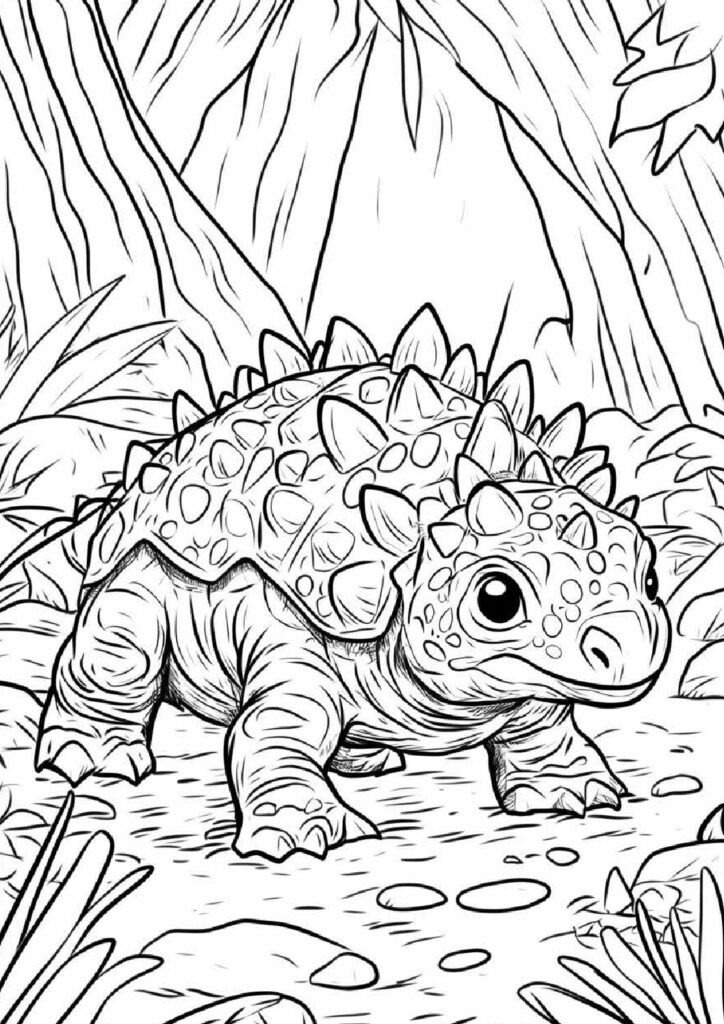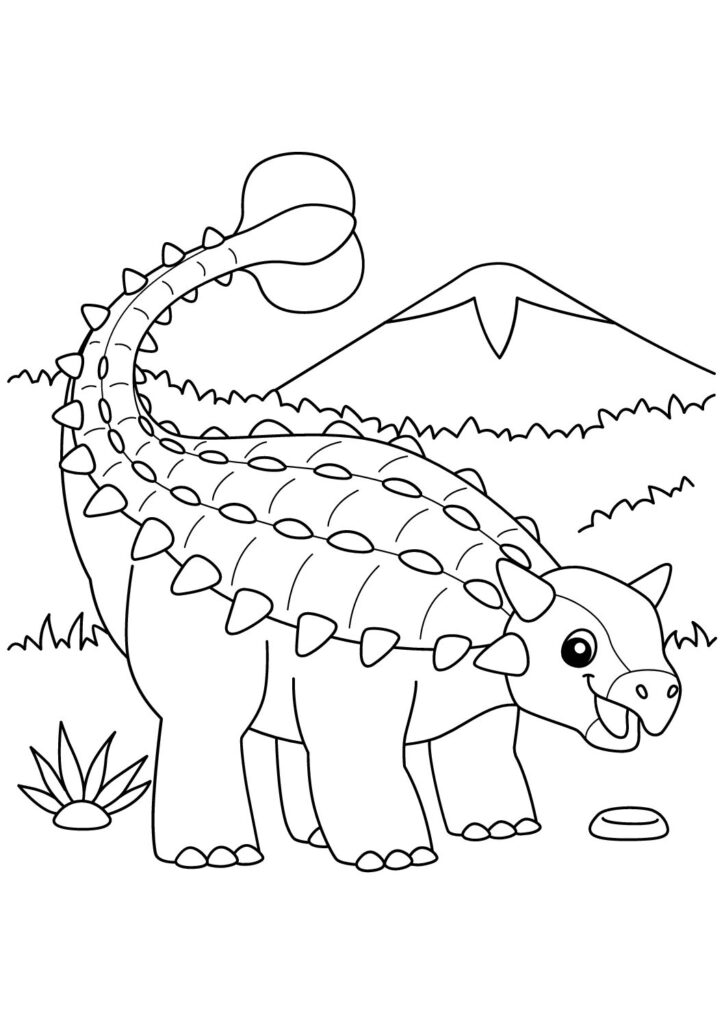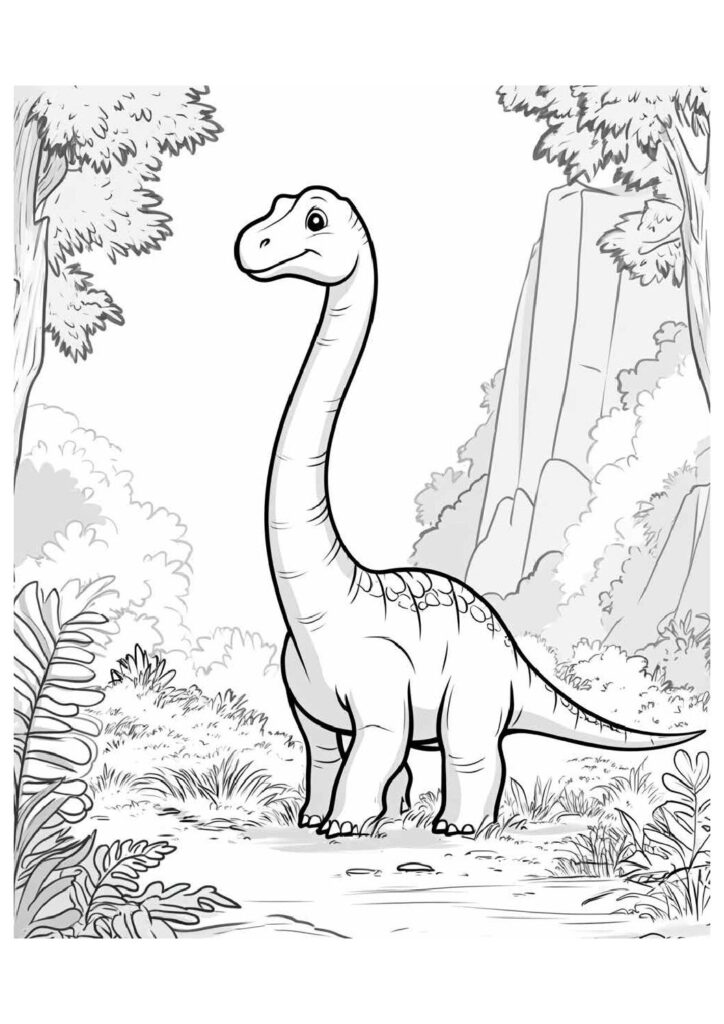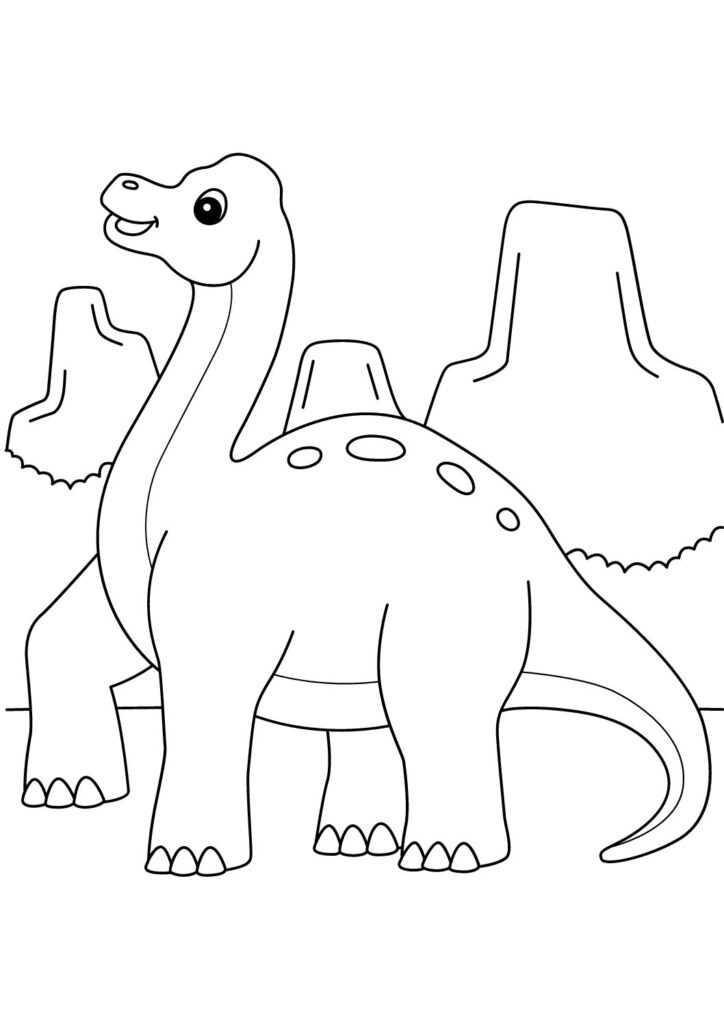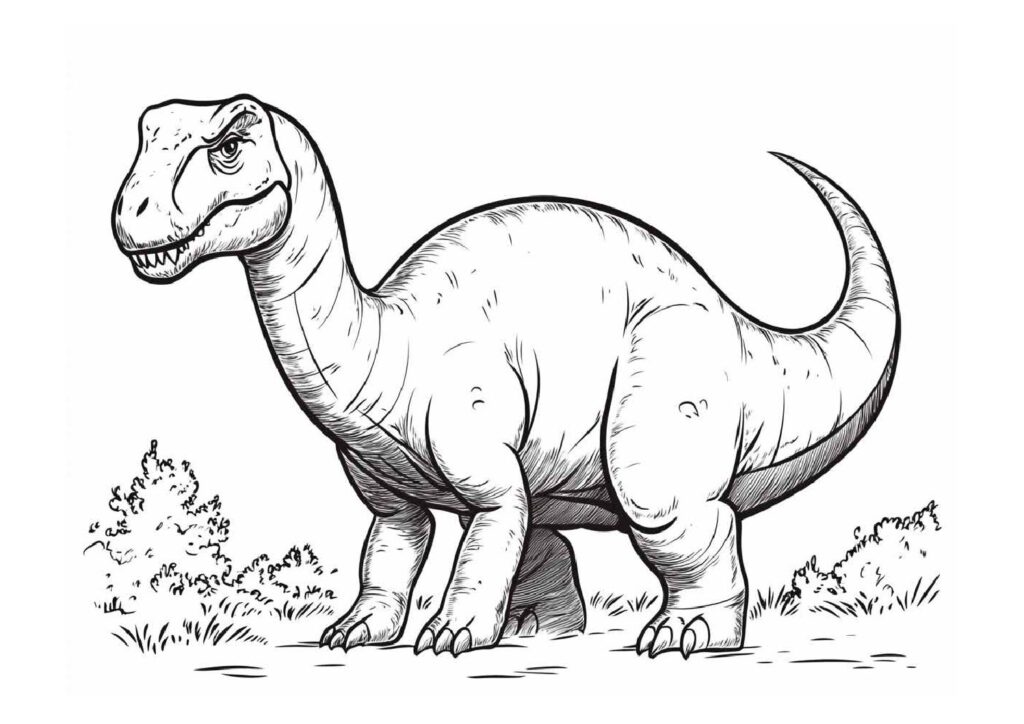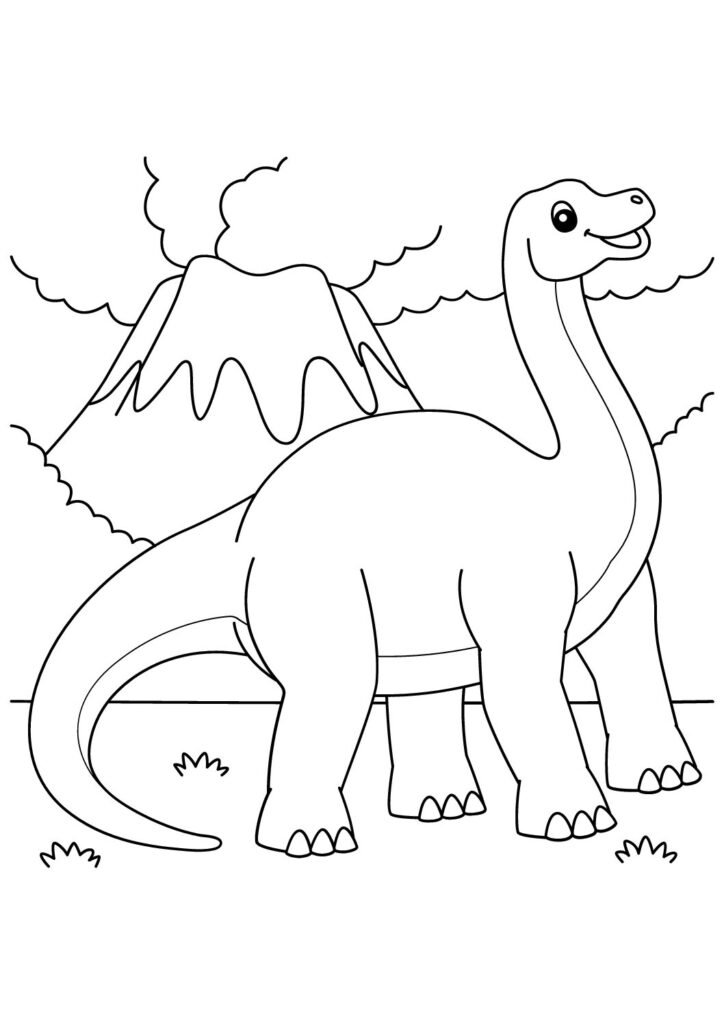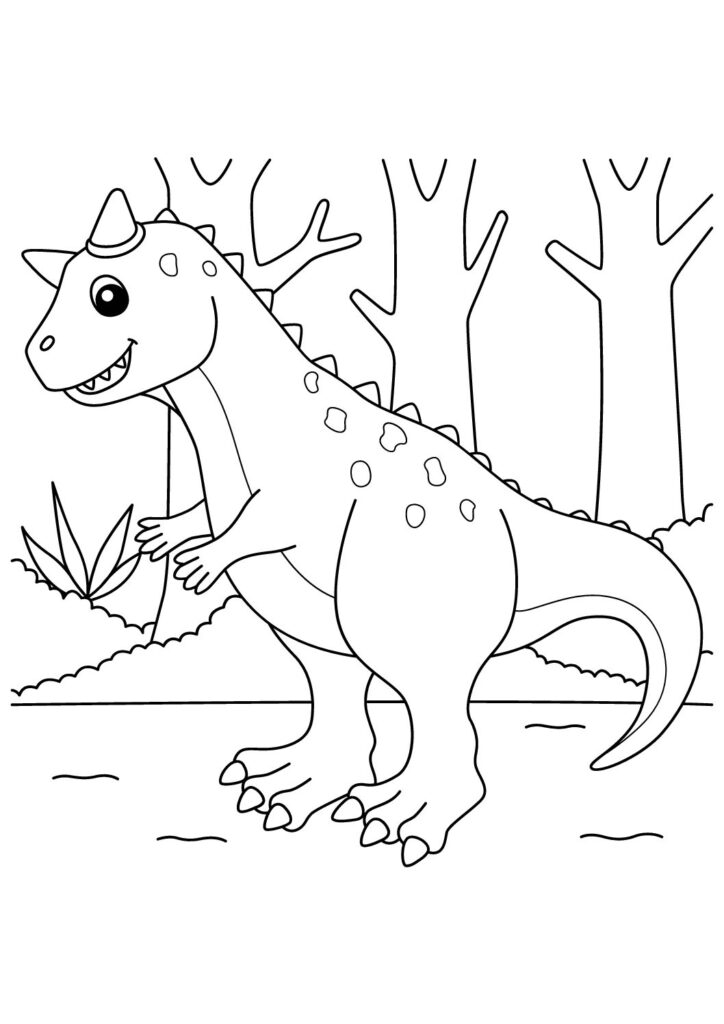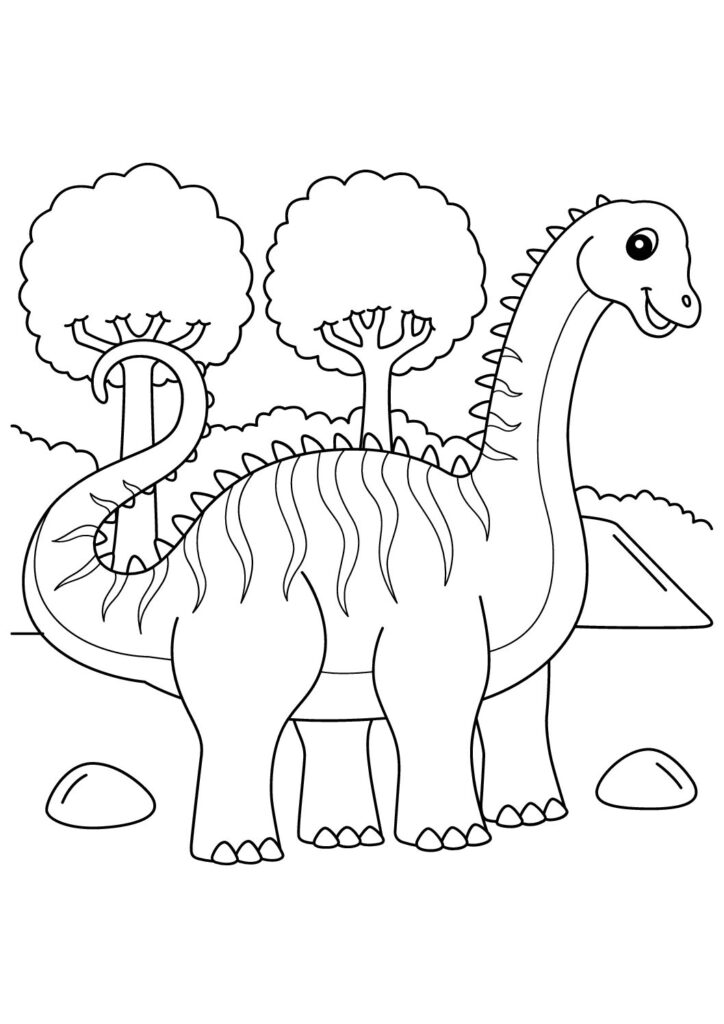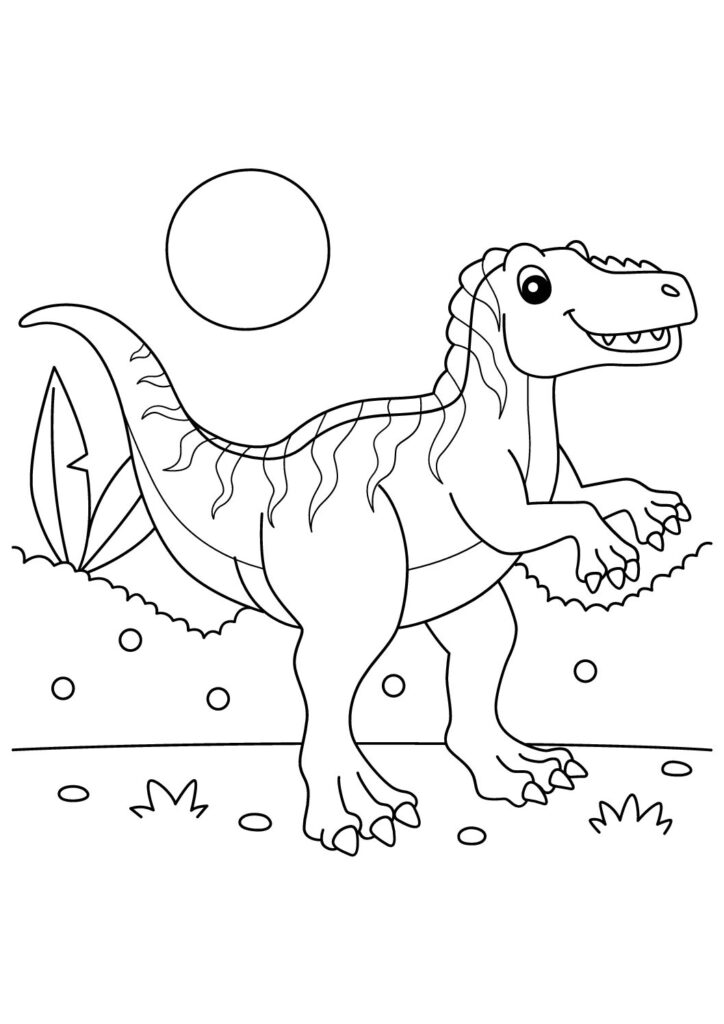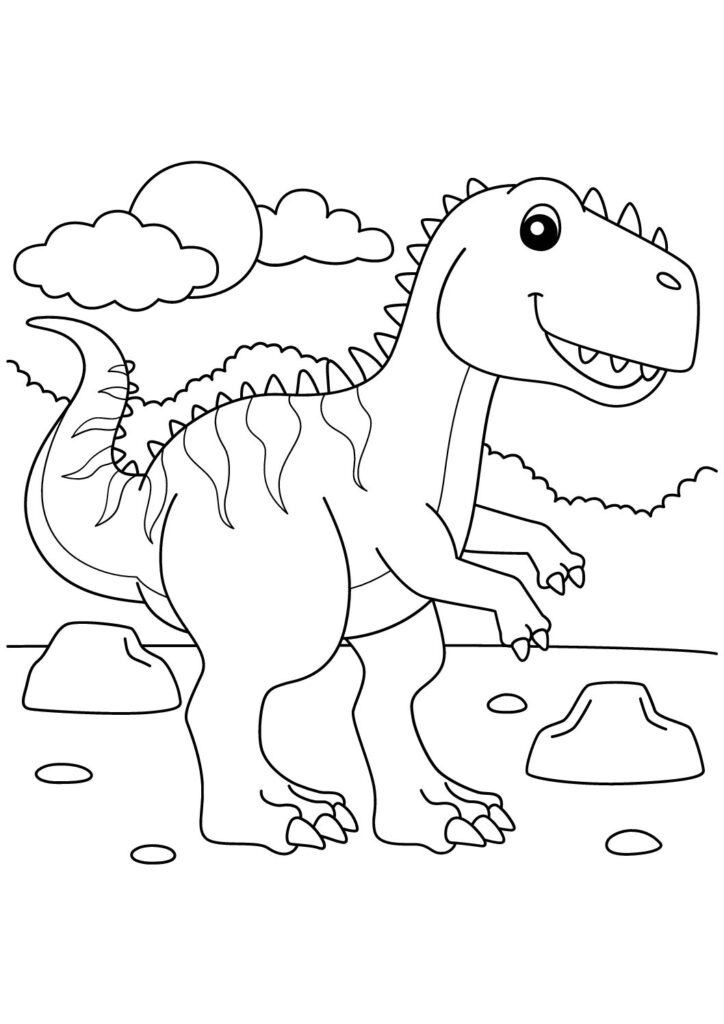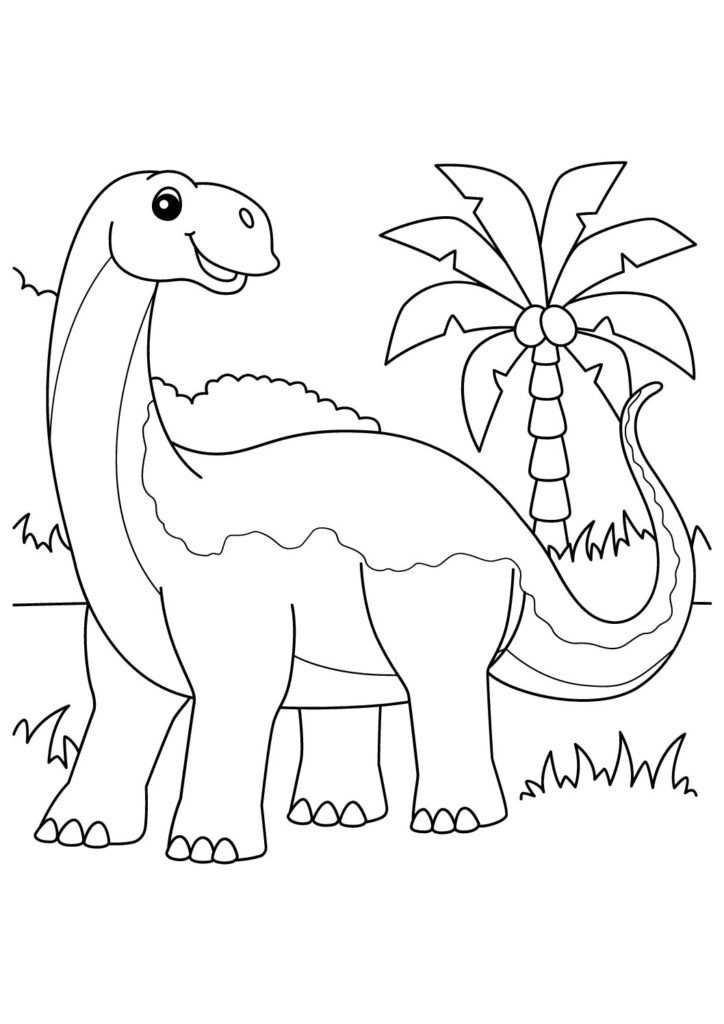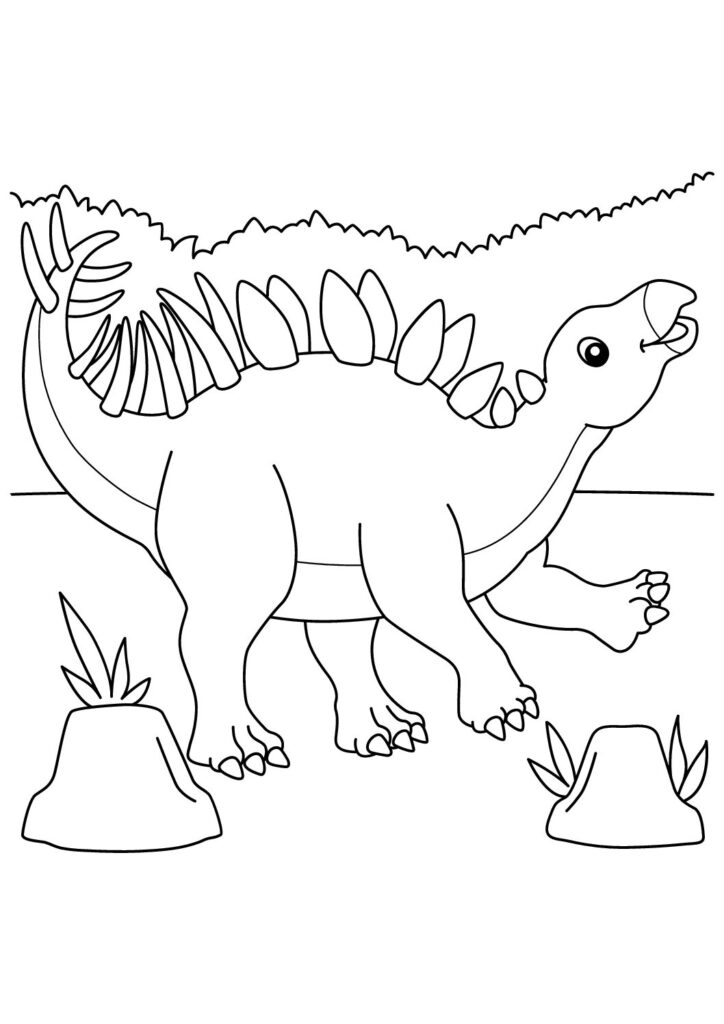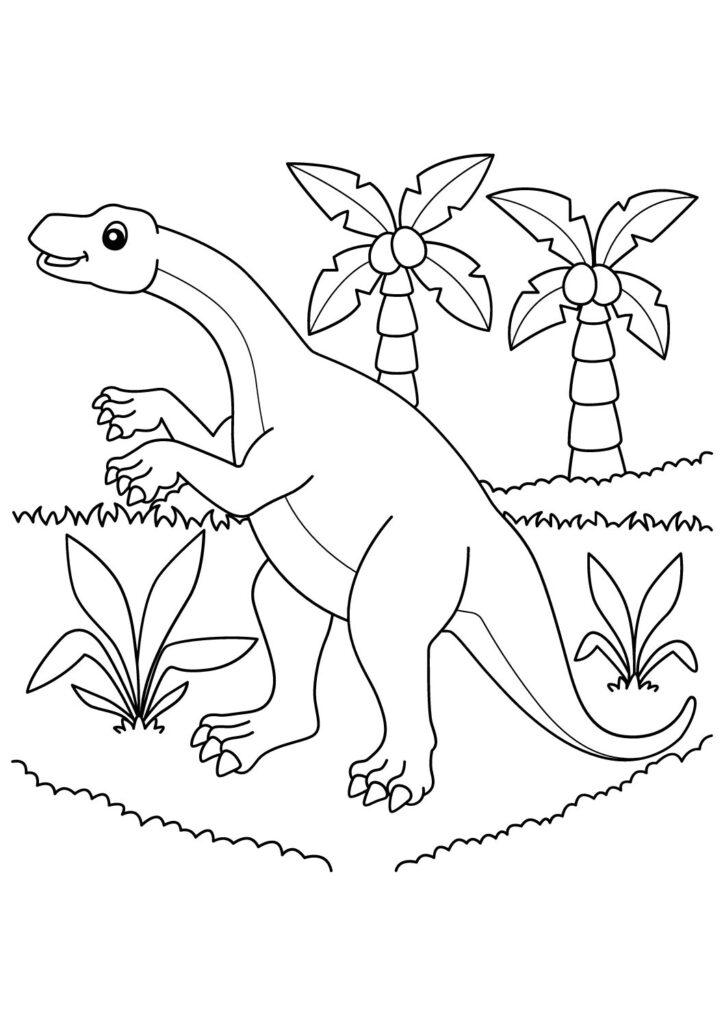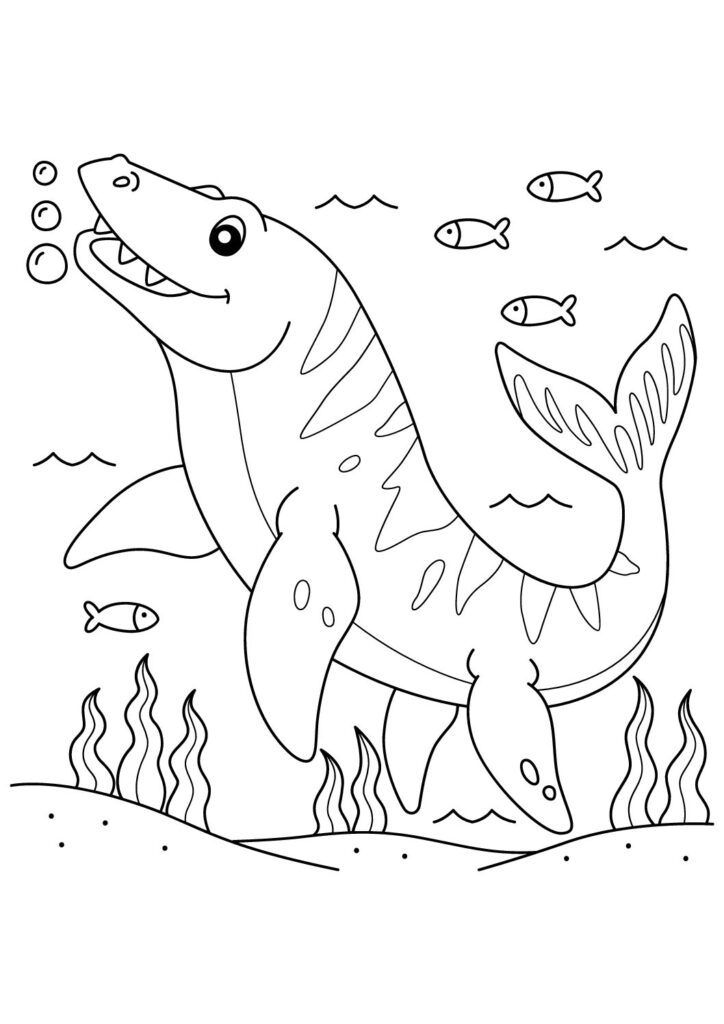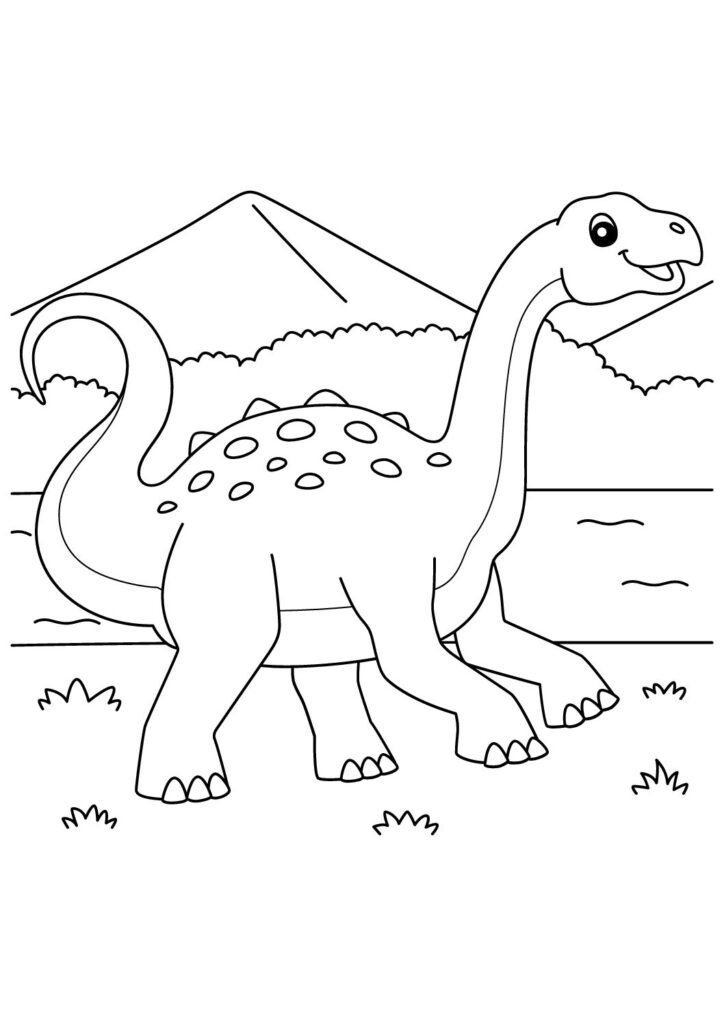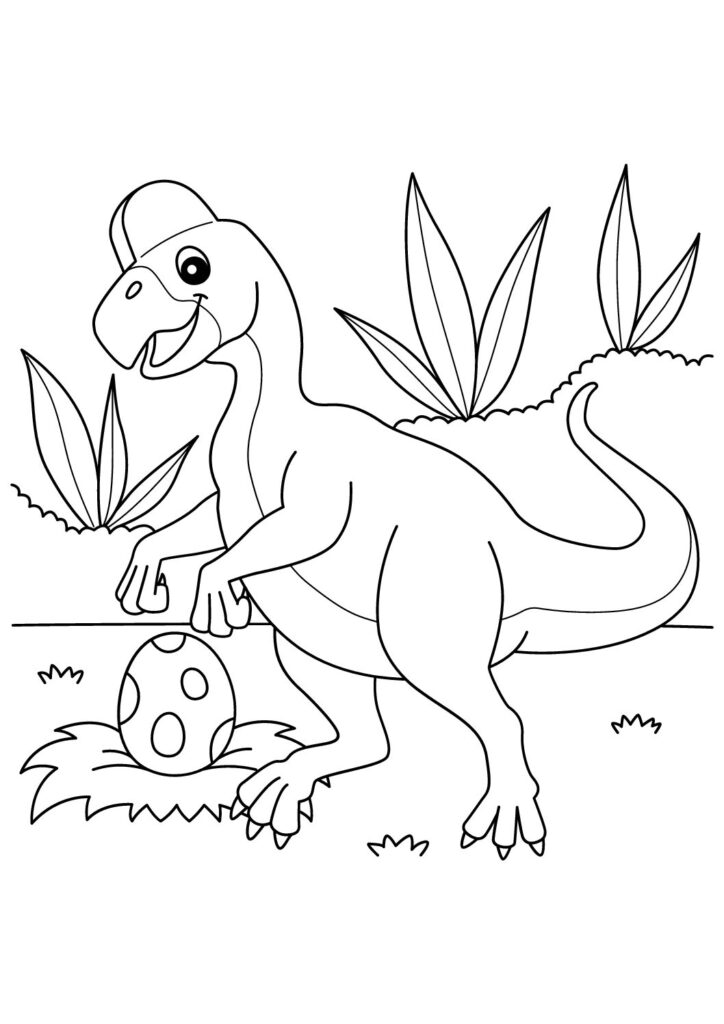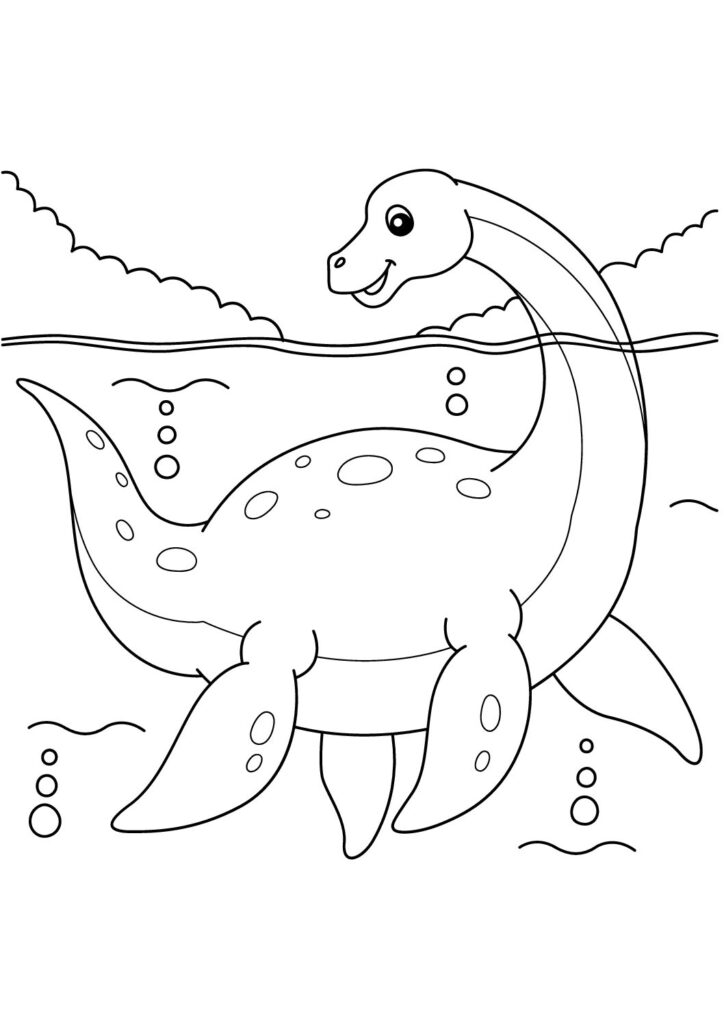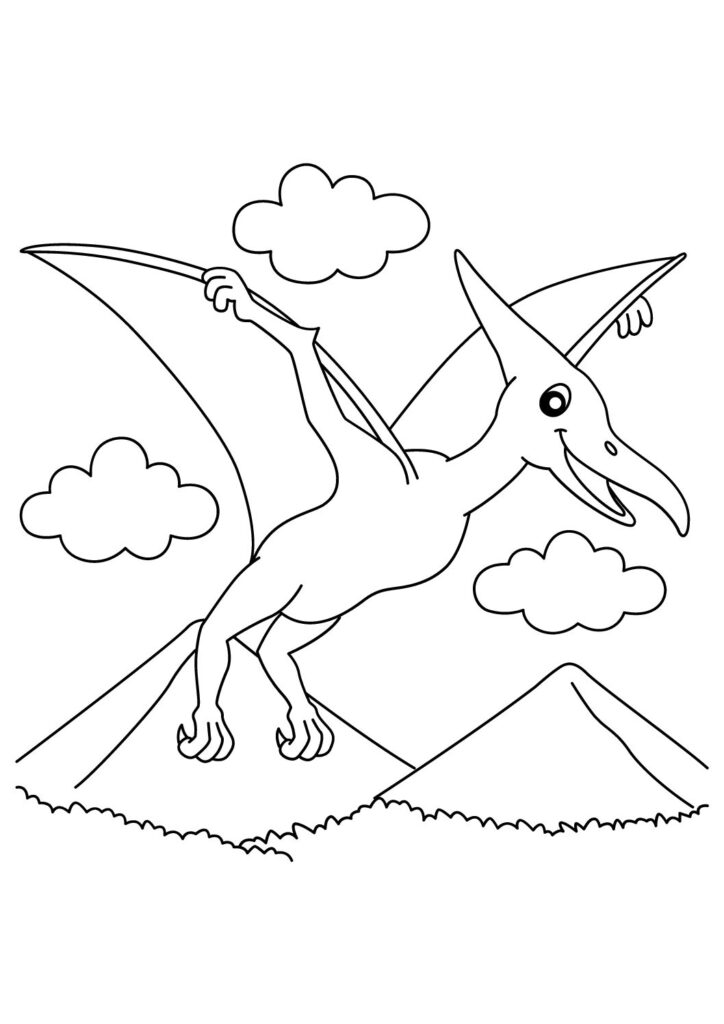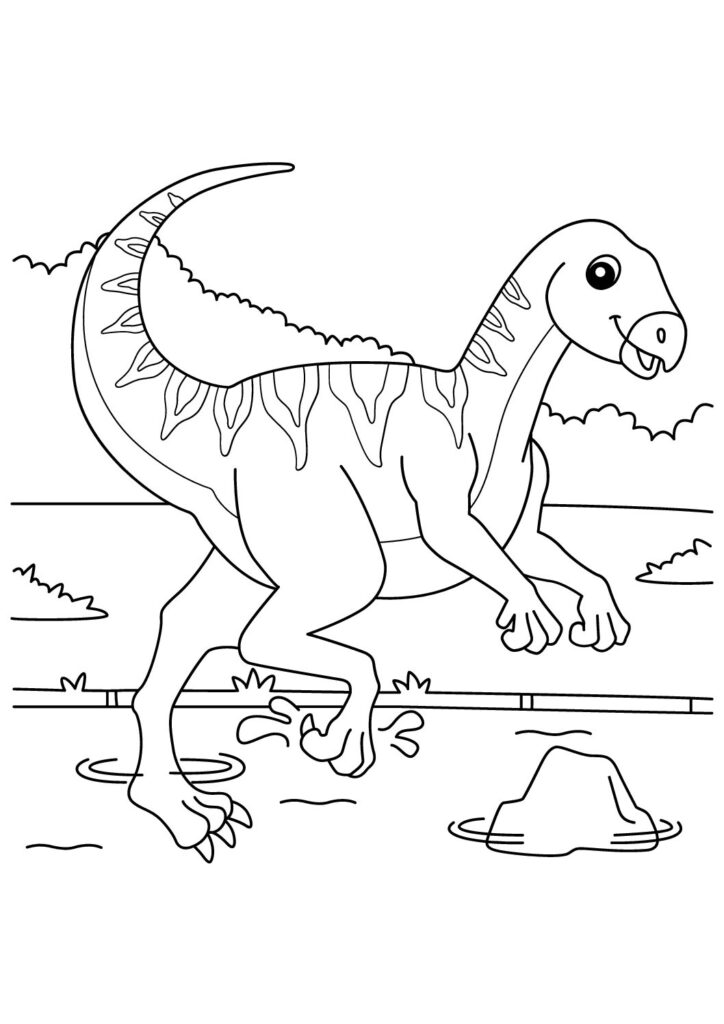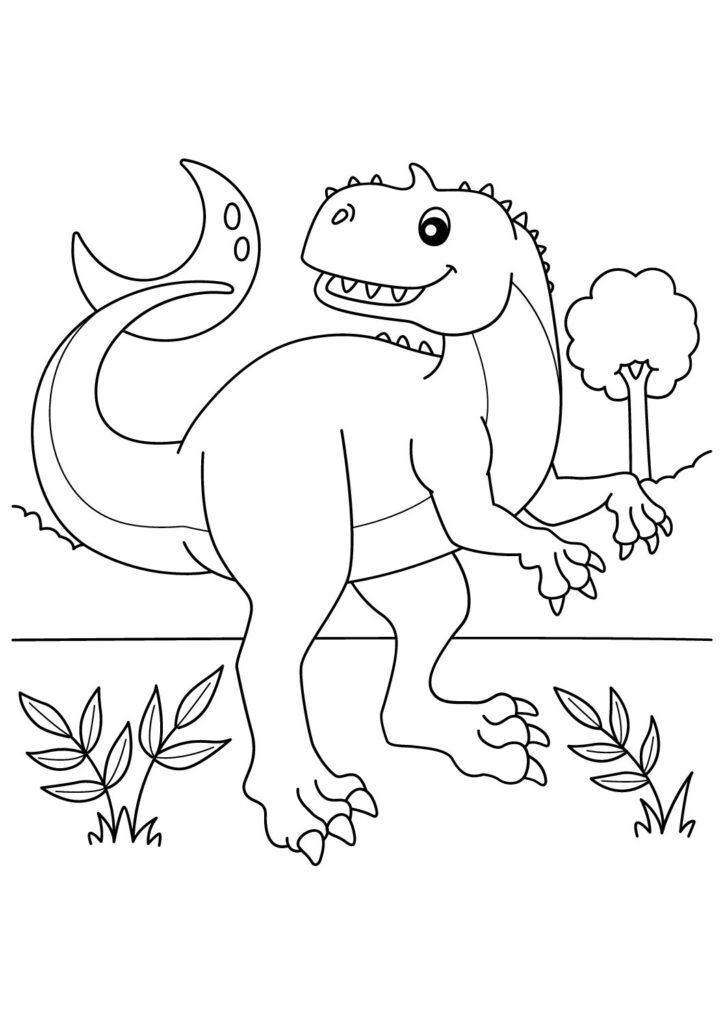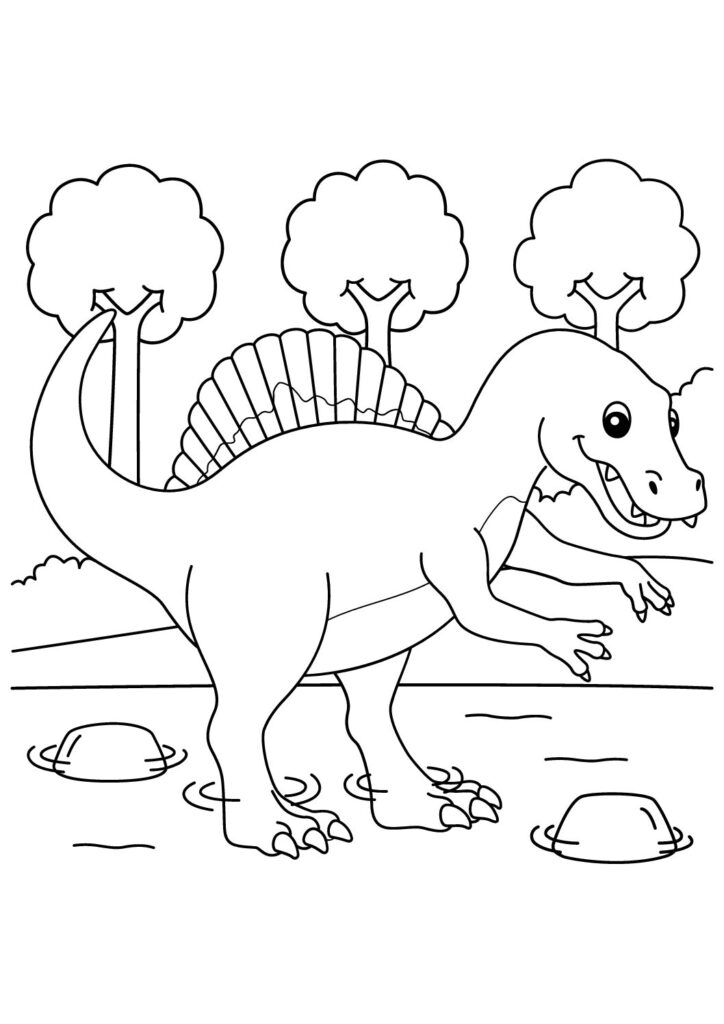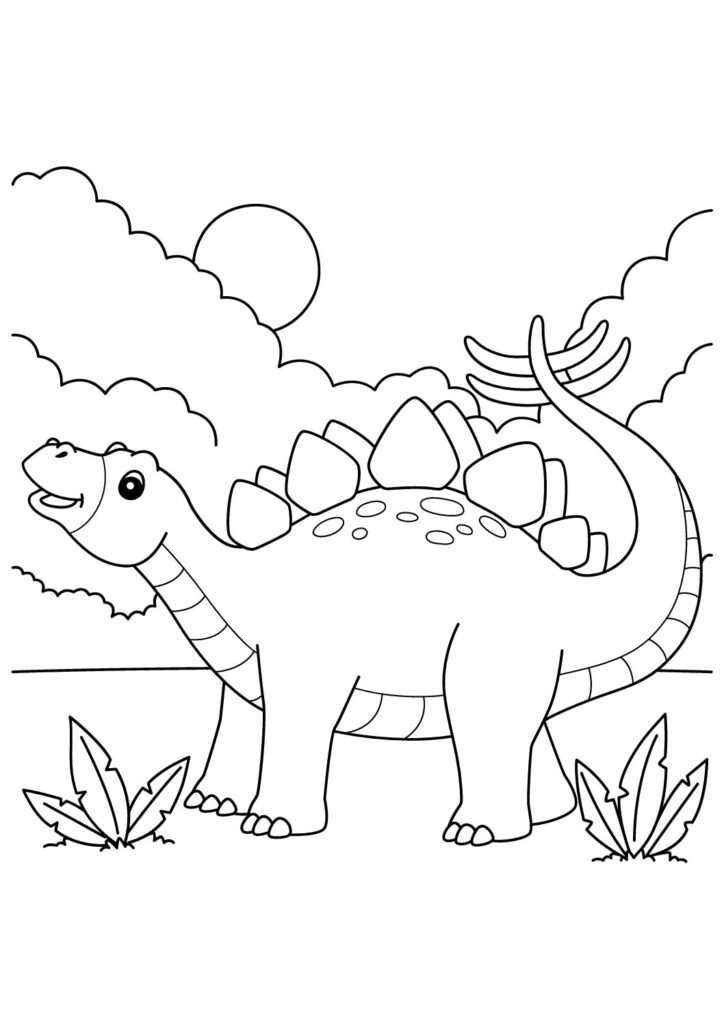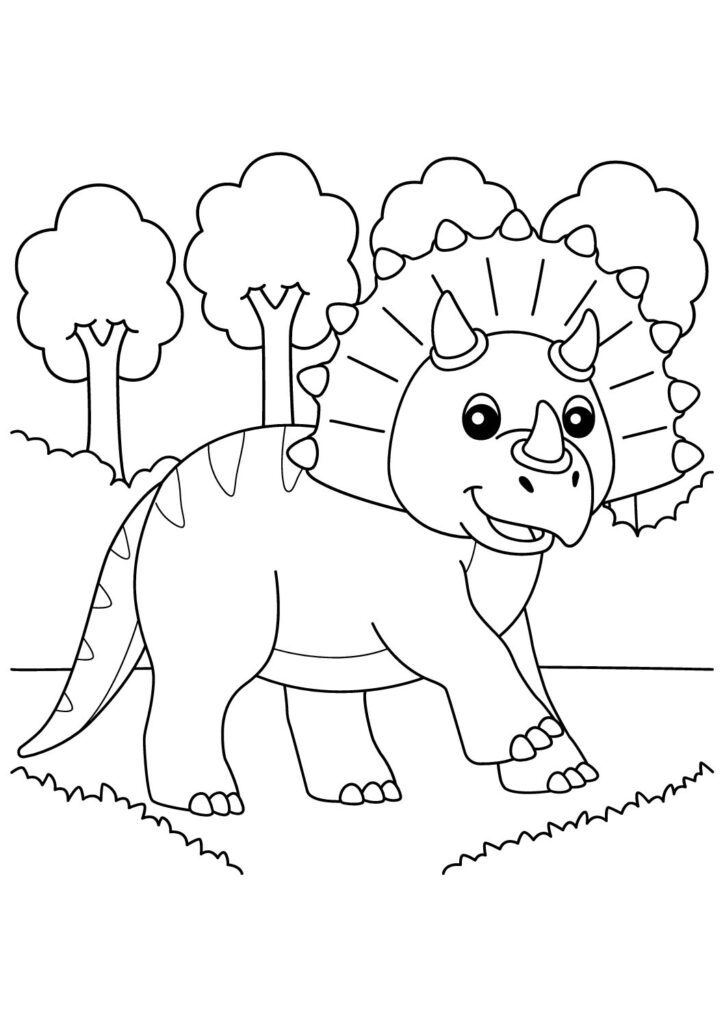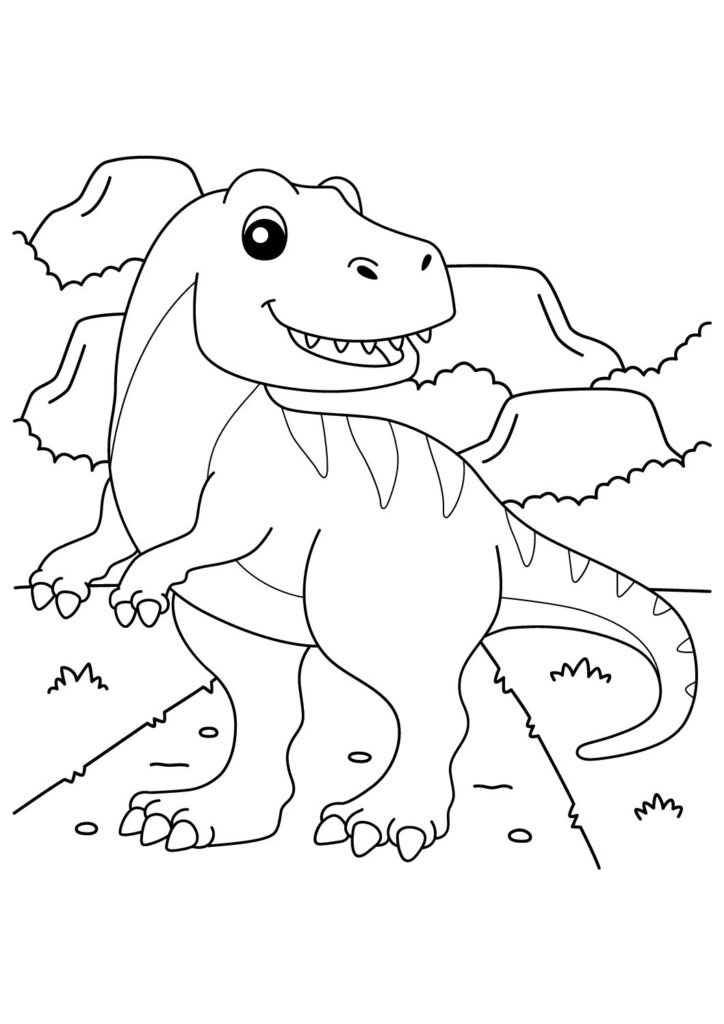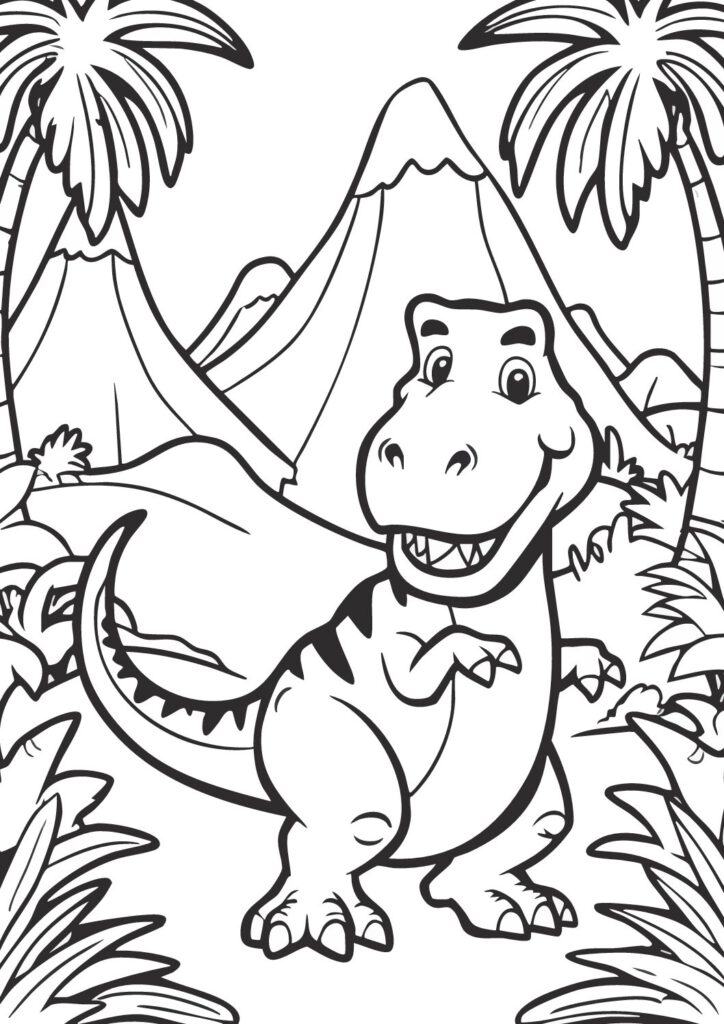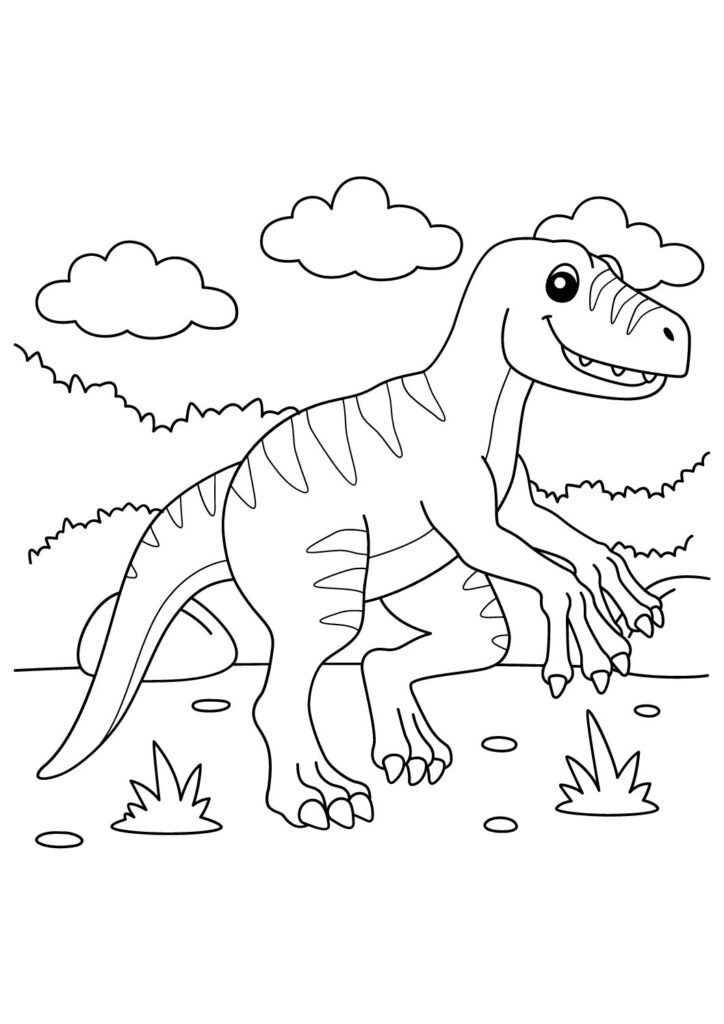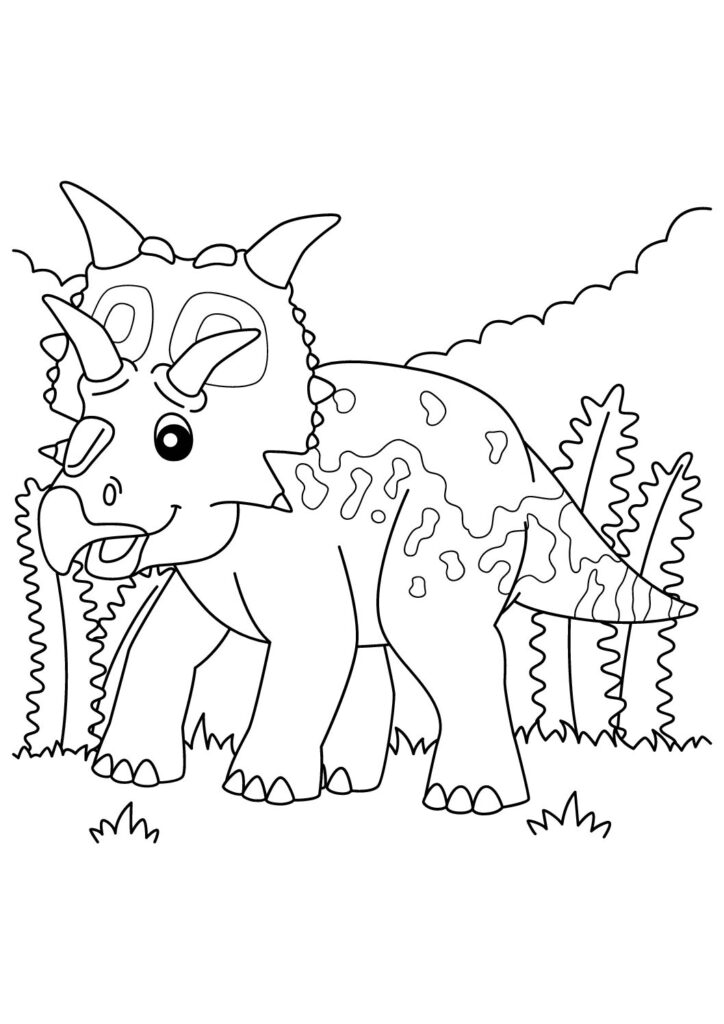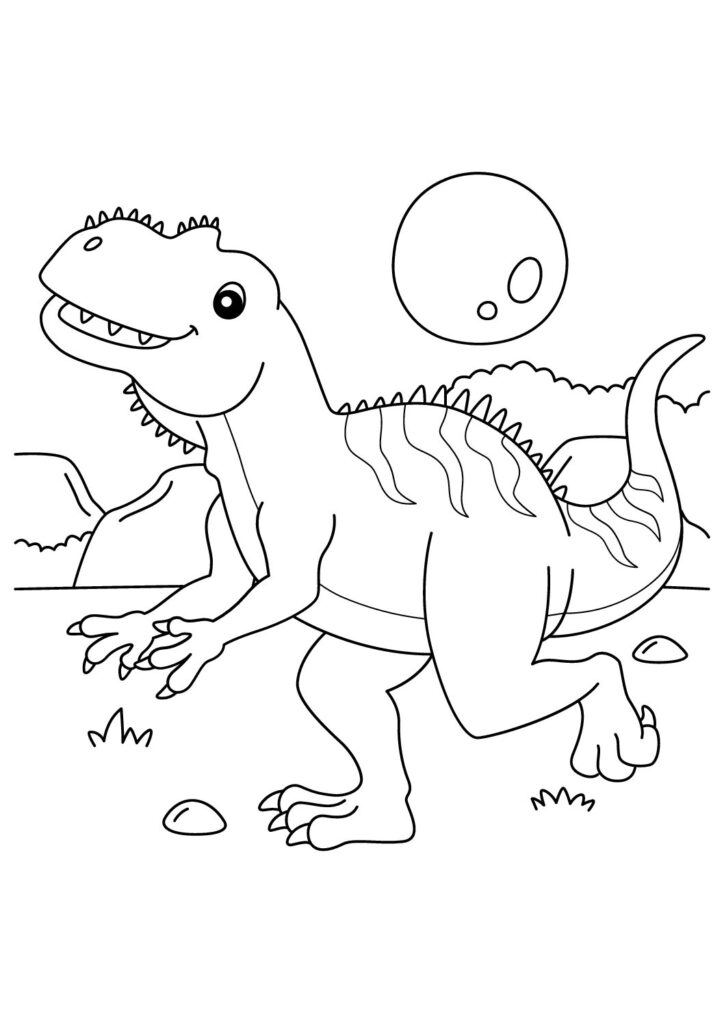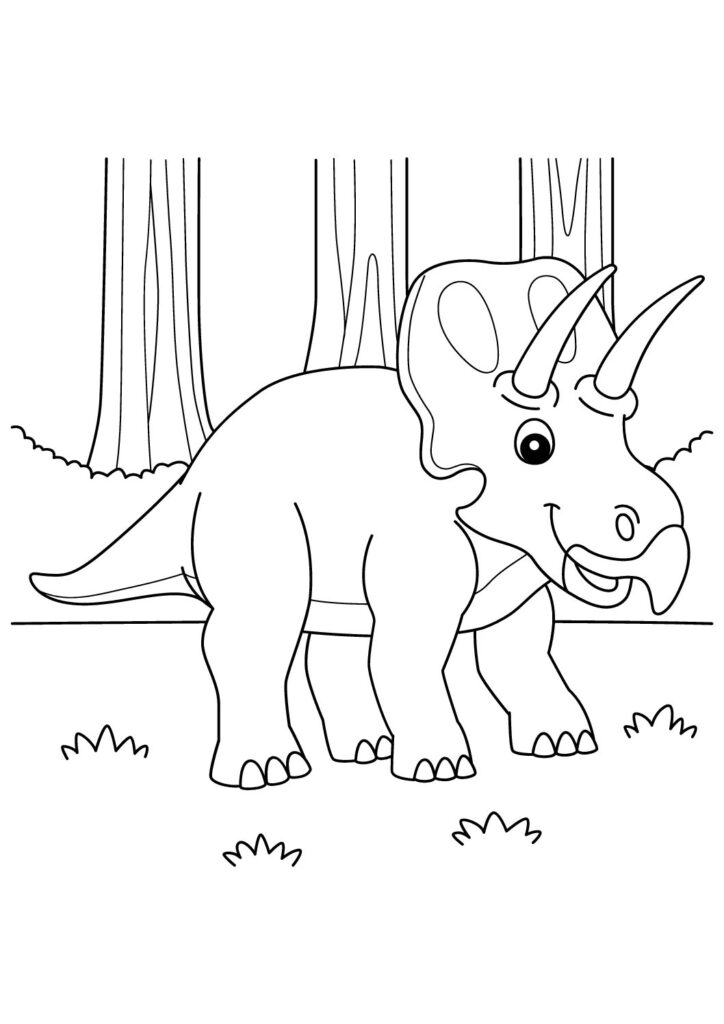1 Free Iguanodon Coloring Pages for Download (Printable PDF)

Browse into our free printable collection of Iguanodon coloring pages featuring these fascinating herbivores in their graceful poses! Download these high-quality sheets showcasing these remarkable dinosaurs with their distinctive thumb spikes, beak-like snouts, and powerful bodies displaying their unique adaptations. Perfect for kids and dinosaur enthusiasts, these detailed prehistoric coloring pages capture the versatile nature of these plant-eating creatures known for being able to walk on both two and four legs. Each printable sheet brings these amazing Early Cretaceous giants to life, highlighting their special thumb spikes, strong hind legs, and distinctive beaked faces!
Fascinating Iguanodon Facts: The Complete Guide to This Revolutionary Dinosaur
Introduction
Iguanodon represents one of paleontology’s most significant dinosaurs, transforming our understanding of prehistoric life since its discovery in the early 19th century. These large herbivores roamed across Europe, Asia, and North America during the Early Cretaceous period approximately 125-122 million years ago, reaching lengths of 30 feet and weights up to 4-5 tons while demonstrating remarkable adaptability that helped their genus survive for over 40 million years.
Historical Significance
Iguanodon holds the distinction of being among the first dinosaurs ever scientifically described, identified by English physician Gideon Mantell in 1825 after his wife discovered unusual teeth resembling those of modern iguanas but much larger. This landmark finding, occurring nearly two decades before the term “dinosaur” was coined in 1842, helped establish the existence of extinct reptilian megafauna and launched the scientific field of dinosaur paleontology.
Distinctive Thumb Spike
Iguanodon’s most recognizable feature was its specialized thumb spike—a modified first digit that formed a conical defensive weapon capable of puncturing predator hide. Early reconstructions mistakenly placed this spike on the animal’s nose like a rhinoceros horn, with the correct position only determined after the remarkable 1878 discovery of multiple complete Iguanodon skeletons in a Belgian coal mine provided unprecedented anatomical evidence regarding their true structure.
Feeding Adaptations
These innovative herbivores possessed a specialized tooth battery consisting of hundreds of teeth stacked in columns that continuously replaced worn teeth throughout their lifetime. This efficient dental adaptation, combined with a narrow, toothless beak perfect for cropping vegetation, allowed Iguanodon to process tough Cretaceous plants including cycads, conifers, and early flowering plants, potentially contributing to their remarkable evolutionary success across multiple continents.
Locomotion Versatility
Iguanodon demonstrated remarkable locomotion flexibility, capable of moving effectively on either two legs or four depending on situation and speed requirements. Their distinctive three-toed feet with hoof-like unguals supported their substantial weight, while their powerful hind limbs allowed for bipedal running when necessary, with biomechanical studies suggesting they could reach speeds of 15-20 mph when evading predators like Neovenator or Baryonyx.
Scientific Evolution
The scientific understanding of Iguanodon has undergone multiple dramatic revisions, serving as a perfect example of how paleontological knowledge evolves. From Victorian-era reconstructions depicting them as elephant-like quadrupeds to the discovery that they could stand bipedally, culminating in the 1980s taxonomic revision that split the genus into multiple distinct species, Iguanodon’s scientific journey mirrors the development of dinosaur paleontology itself.
Cultural Impact
The famous Crystal Palace dinosaur sculptures completed in 1854 in London—the world’s first full-scale dinosaur reconstructions—featured Iguanodon prominently, introducing millions of Victorian-era visitors to these ancient creatures despite their anatomical inaccuracies. This cultural landmark established dinosaurs in public consciousness and sparked widespread fascination with prehistoric life that continues to inspire scientific careers and popular media representations today.
